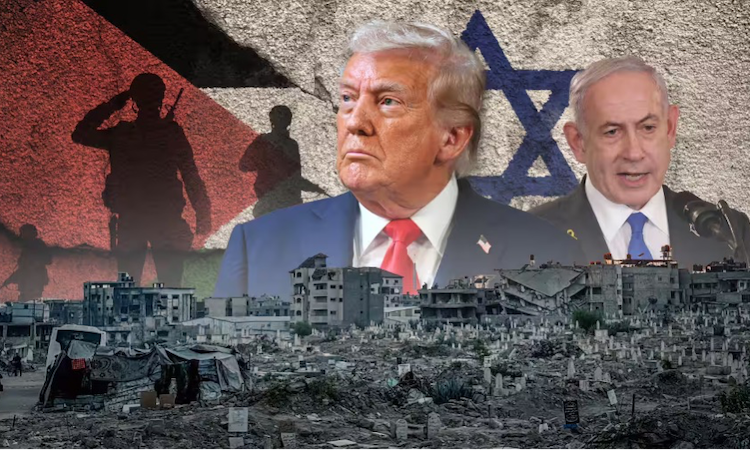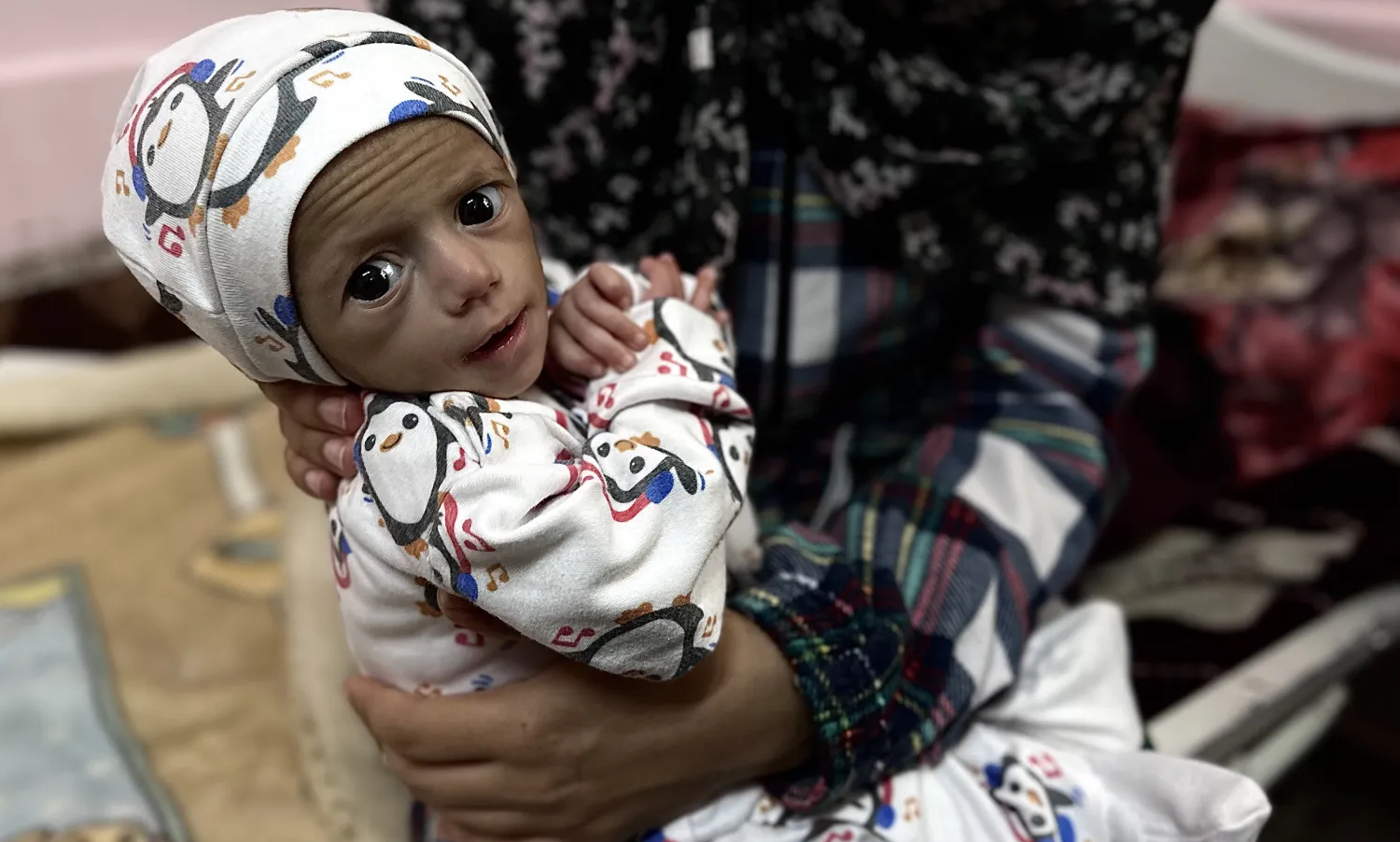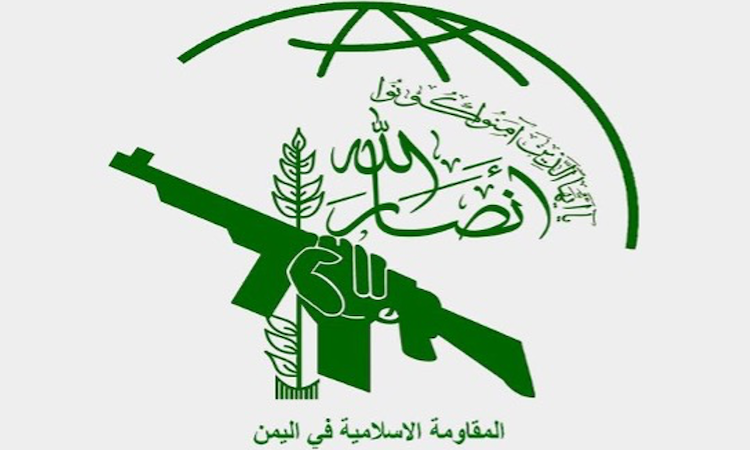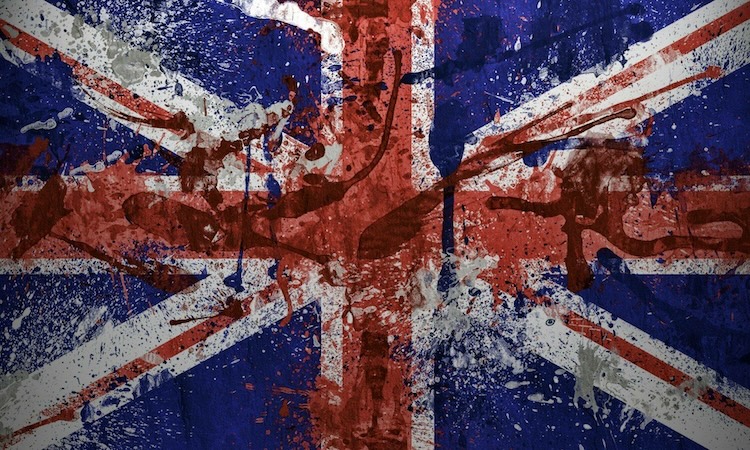The following press release was issued by Hamas, the party responsible for regional government in the Gaza Strip, on 25 October 2023.
*****
On the 19th day of the genocidal war and after 18 days of the world’s failure to compel the occupation to respect the laws of war, international and humanitarian law, the already crumbling healthcare system in the Gaza Strip – as a result of 17 years of continuous and exhausting siege – has collapsed.
The declaration of the healthcare system’s collapse is attributed to several factors:
- Exhaustion of bed capacity: The bed capacity has exceeded 150 percent of its capacity, despite hospital administrations adding new beds during the aggression in tents and corridors, but without sufficient medical equipment. For example: the need for intensive care beds has increased by over 350 percent so far, and 190 percent for surgical beds, in addition to hundreds of critical injuries requiring long-term medical treatment and care that is unavailable.
- Medical staff: The current number of medical staff is only 30 percent of what is needed. The occupation has killed more than 60 doctors, paramedics and nurses, and injured over 110 more in various ways. Most of these healthcare workers have themselves suffered losses, with some losing their homes, or having themselves some or all of their family members martyred or injured. Most of them have become displaced in shelters or with relatives and friends in areas they consider less dangerous.
- Stoppage of medical supplies: It has been 18 days since the embargo began on all essential medical supplies into Gaza, especially bone fixatives, anesthetics, disinfectants and antibiotics. This is amidst the increasing targeting of more than 22,000 martyrs and wounded, in addition to hundreds of daily medical cases, especially cancer patients and kidney dialysis patients.
- Electricity outage and fuel blockade: Following the occupation’s cutting off of electricity and preventing fuel from supplying the only power station in Gaza, as well as prohibiting the entry of fuel for hospital generators, these generators have become worn out because they were designed to operate for limited hours during power outages, not for continuous weeks without interruption.
- Transportation halt: Given the targeting of streets and intersections and the prevention of fuel entry for vehicles, transportation has almost come to a complete halt. This has resulted in the medical teams, and even the bodies of martyrs and the injured, being unable to reach hospitals. Along with this has been the direct targeting of 25 ambulances, putting them out of service.
- Direct threat to hospitals: The occupation threatens hospitals with direct targeting and daily bombarding of their surroundings. In addition to the direct bombarding of the Al-Maamadani hospital, the destruction of the International Eye hospital, the targeting of the Martyr Mohammed Al-Durrah Children’s hospital with white phosphorus, and the targeting of hospitals in Beit Hanoun, Al-Wafa hospital for the Elderly, Al-Karama and others, totaling 15 hospitals out of service. Furthermore, 32 primary healthcare centres have been put out of service.
- Conversion of hospitals into shelters: Approximately a quarter of a million citizens have sought refuge in the courtyards, corridors and halls of hospitals in search of safety. However, these hospitals are not equipped to accommodate such a large number of citizens, lacking the minimum capacity to provide drinking water, toilets, cleanliness and sanitisation, turning them into hotspots for the spread of infectious diseases.
In light of these crimes and the occupation’s violation of international law and humanitarian values, the world is called upon to take urgent action:
- The world must fulfil its responsibilities to end the brutal occupation and halt the barbaric aggression against our people.
- Immediate support to the healthcare sector, with medical personnel, medicine, medical equipment, ambulances and field hospitals. Pressure must be exerted on all parties to provide what is necessary for the healthcare system.














